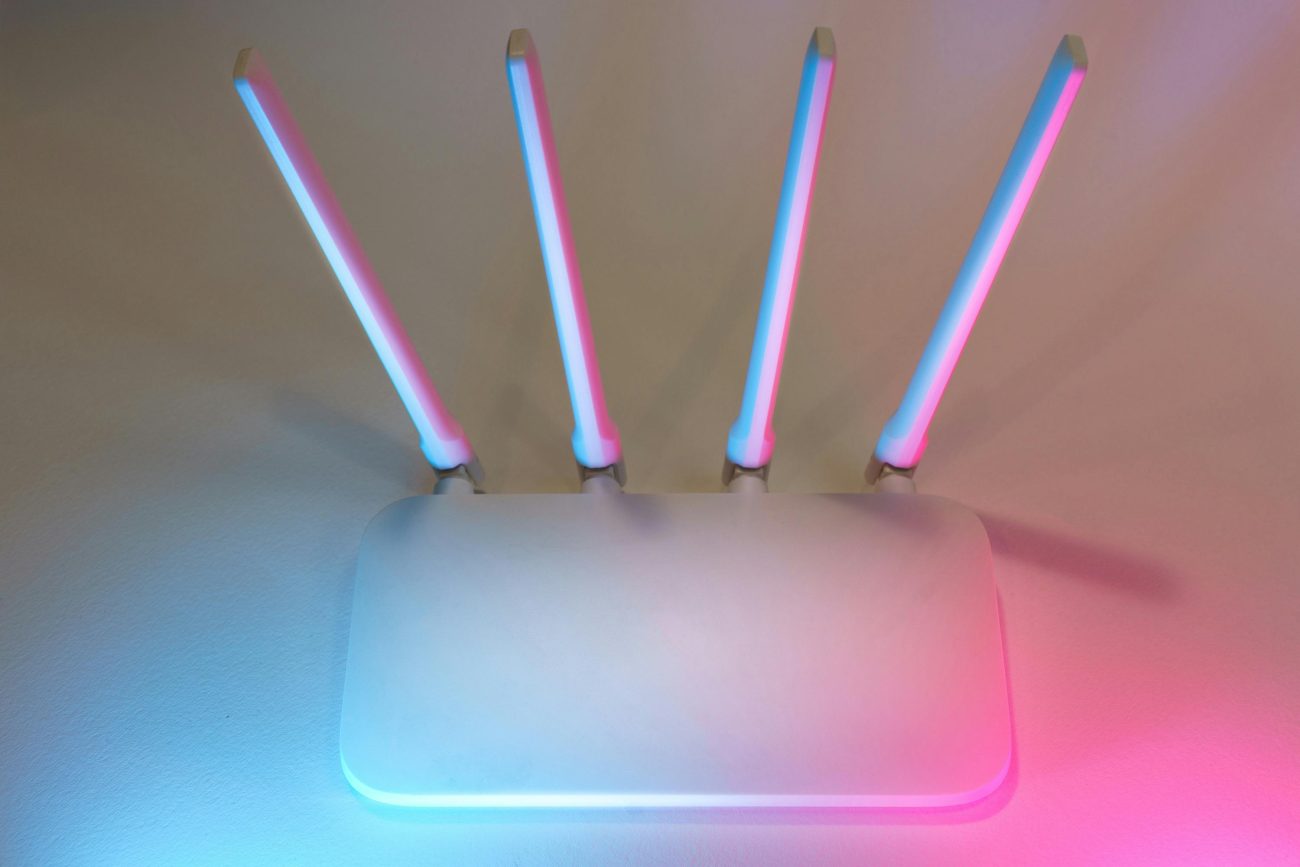Introduction
In today’s connected world, having fast and reliable WiFi at home is essential. Whether you’re working remotely, streaming movies, or gaming online, poor WiFi speed or weak coverage can be frustrating. This guide will teach you how to improve WiFi speed and coverage at home with practical tips and advanced techniques. From router placement to upgrading hardware and tweaking settings, you’ll learn everything needed to enjoy a strong and stable wireless network in every corner of your house.
Understanding WiFi Basics: Speed vs Coverage
Before diving into improvements, it’s important to understand the difference between WiFi speed and coverage.
- WiFi Speed: How fast data travels between your device and the router, usually measured in Mbps.
- WiFi Coverage: The physical area your WiFi signal reaches effectively. Walls, floors, and interference can reduce coverage.
Optimizing your home WiFi means enhancing both speed and coverage for seamless internet experience.
Step 1: Choose the Right Router for Your Home
Selecting a powerful router is the foundation of good WiFi.
- WiFi Standards: Look for routers supporting WiFi 5 (802.11ac) or WiFi 6 (802.11ax) for faster speeds and better device management.
- Dual-Band or Tri-Band: Dual-band routers provide 2.4 GHz and 5 GHz bands. Tri-band adds an extra 5 GHz band to handle more devices.
- MU-MIMO Technology: This feature allows the router to communicate with multiple devices simultaneously, improving speed for all.
- Coverage Area: Check the manufacturer’s specs on coverage to match your home size.
Step 2: Optimal Router Placement
Where you place your router affects both speed and coverage.
- Central Location: Place the router in a central spot, away from walls and obstructions.
- Elevate the Router: Higher positions reduce interference from furniture and other objects.
- Avoid Electronic Interference: Keep away from microwaves, cordless phones, and Bluetooth devices.
- Use Open Spaces: Avoid closets or enclosed cabinets.
Step 3: Secure Your WiFi Network
Unauthorized users can slow down your internet.
- Use Strong Passwords: Avoid default passwords and use a complex WiFi password.
- Enable WPA3 or WPA2 Encryption: Protect your network with the latest security protocols.
- Disable WPS: WiFi Protected Setup can be a security risk.
- Regularly Update Router Firmware: Manufacturers release updates that improve security and performance.
Step 4: Reduce Wireless Interference
Wireless interference from other networks and devices can degrade performance.
- Change WiFi Channels: Use your router’s admin panel to switch to less crowded channels.
- Use 5 GHz Band: It has less interference and offers higher speeds, but shorter range than 2.4 GHz.
- Limit the Number of Devices: Too many devices can overload your router’s capacity.
Step 5: Use WiFi Extenders or Mesh Systems
For large homes or areas with dead zones:
- WiFi Extenders: Boost your existing signal but may reduce speed slightly.
- Mesh WiFi Systems: Replace your router with multiple nodes that create a single, seamless network with great coverage and speed.
Step 6: Upgrade Your Equipment
Older routers or network cards can bottleneck your speed.
- Replace Old Routers: Technology advances fast; upgrading to WiFi 6 can significantly improve performance.
- Upgrade Device Network Cards: Ensure your laptops and phones support modern WiFi standards.
Step 7: Adjust Router Settings for Maximum Performance
Tweak advanced settings to get the best out of your router.
- QoS (Quality of Service): Prioritize bandwidth for important devices or applications.
- Channel Width: Set 40 MHz or 80 MHz for 5 GHz to increase throughput.
- Disable Legacy Support: Turning off support for older devices can improve speed.
- Adjust Transmit Power: Maximize signal strength within allowed limits.
Step 8: Use Wired Connections Where Possible
Ethernet cables provide the fastest and most stable connection.
- Connect Desktops and Smart TVs: Using Ethernet cables reduces WiFi load and improves speed.
- Powerline Adapters: Use your home’s electrical wiring to extend wired connections without running cables.
Step 9: Monitor Your Network Performance
Regular checks help maintain your WiFi health.
- Use Speed Test Apps: Check your internet speed on different devices and locations.
- Router Admin Panel: Monitor connected devices and data usage.
- Network Analyzers: Apps like NetSpot or WiFi Analyzer help identify weak spots and interference.
Step 10: Regular Maintenance and Best Practices
Keep your WiFi network running smoothly.
- Restart Router Periodically: Clears temporary issues and memory.
- Keep Firmware Updated: Ensures you have the latest fixes and features.
- Secure Network Access: Change passwords regularly and monitor for unknown devices.
Conclusion
Improving your WiFi speed and coverage at home is achievable with the right approach and tools. By selecting the right router, positioning it optimally, securing your network, and utilizing extenders or mesh systems, you can enjoy fast, reliable internet throughout your house. Regular maintenance and monitoring keep your WiFi in top shape, making buffering, lag, and dead zones a thing of the past.
|How to Fix a Slow Laptop Battery: 10 Proven Ways (2025 Guide)
